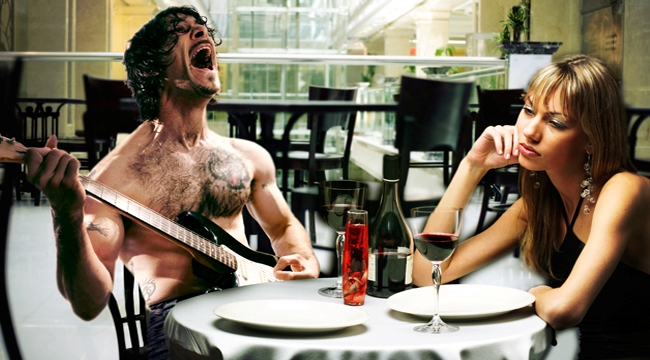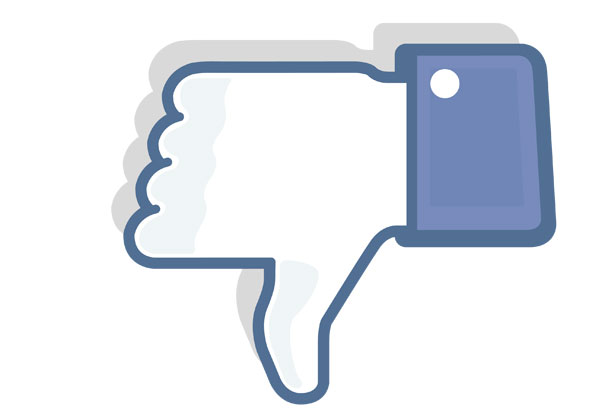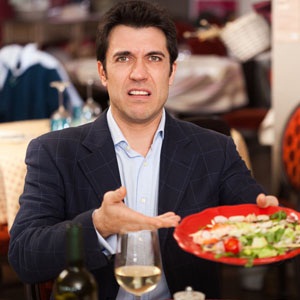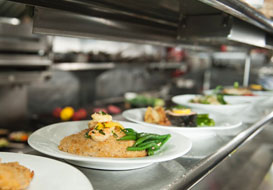Why the right music important
Research has found that choosing the right music for your restaurant helps increase your businesses profitability. Fast music has been associated with a quicker table turnover and slow music increases average customer spend. Fast music has been found to increase excitement, meaning customers eat quicker. Slower music does the opposite. In this case customers take their time and are more likely to eat multiple dishes and drink more. However this doesn't mean all restaurants wanting to increase customer spend for example should play slow music. There are other things to consider.
Choose music that matches your restaurants personality
The crucial aspect when choosing the right music for your restaurant is to make sure it matches your establishments personality.
Choosing the right music is part of the package of factors that contribute to your brands identity. These other factors include:
Ask yourself:
What music matches the energy of my restaurant?
What music matches the food and drinks I serve?
Consider all of these things to determine your restaurants personality. You will then have a clearer picture of the type of music you should select. The result will be a better experience for your customer and your staff!
Choosing the right music is part of the package of factors that contribute to your brands identity. These other factors include:
- Interior Design
- Menu
- Staff
Ask yourself:
What music matches the energy of my restaurant?
What music matches the food and drinks I serve?
Consider all of these things to determine your restaurants personality. You will then have a clearer picture of the type of music you should select. The result will be a better experience for your customer and your staff!
Change music according to the time of day
Choosing music for your restaurant is about knowing your establishments personality but also varying it to suit the time of day.
If you are open in the morning then you are probably going to want a more relaxed music vibe. A soundtrack that helps guests wake up gradually.
You might still have a toned-down vibe at lunch but you could think of increasing the tempo.
Depending on the type of restaurant you have, nights could be the opportunity to increase the volume or offer a more exclusive vibe.
Don't just consider music to suit the time of day but also the days of the week. The music you play on Monday is likely to differ to Friday and on the weekend.
The music you play needs to be well thought through and planned.
If you are open in the morning then you are probably going to want a more relaxed music vibe. A soundtrack that helps guests wake up gradually.
You might still have a toned-down vibe at lunch but you could think of increasing the tempo.
Depending on the type of restaurant you have, nights could be the opportunity to increase the volume or offer a more exclusive vibe.
Don't just consider music to suit the time of day but also the days of the week. The music you play on Monday is likely to differ to Friday and on the weekend.
The music you play needs to be well thought through and planned.
Guidelines for music selection
Choosing the right music for your restaurant also involves creating guidelines for it's selection. These guidelines can include things like:
Choose music that is different from the competition as it can act as a key point of differentiation for your restaurant.
By providing examples of the genres/types of songs you want played you are more likely to match your brands personality and it can act as a template if someone else needs to assume responsibility at short notice. Whatever the case you don't want to include music with any profanity.
- Who is in charge of putting playlists together.
- Ensuring the music played is not too similar to the competition
- Specifying what genre of music is encouraged/discouraged
Choose music that is different from the competition as it can act as a key point of differentiation for your restaurant.
By providing examples of the genres/types of songs you want played you are more likely to match your brands personality and it can act as a template if someone else needs to assume responsibility at short notice. Whatever the case you don't want to include music with any profanity.
Where to go for music inspiration
There are a range of sources where you can seek inspiration for your restaurant playlist.
All these services have radio stations or pre-made playlists that can match a mood you a looking to create.
All these services have radio stations or pre-made playlists that can match a mood you a looking to create.
The bottom line
Choosing the right music for your restaurant is something that deserves your time and attention to get right. Your business stands to benefit financially if its does.






 RSS Feed
RSS Feed